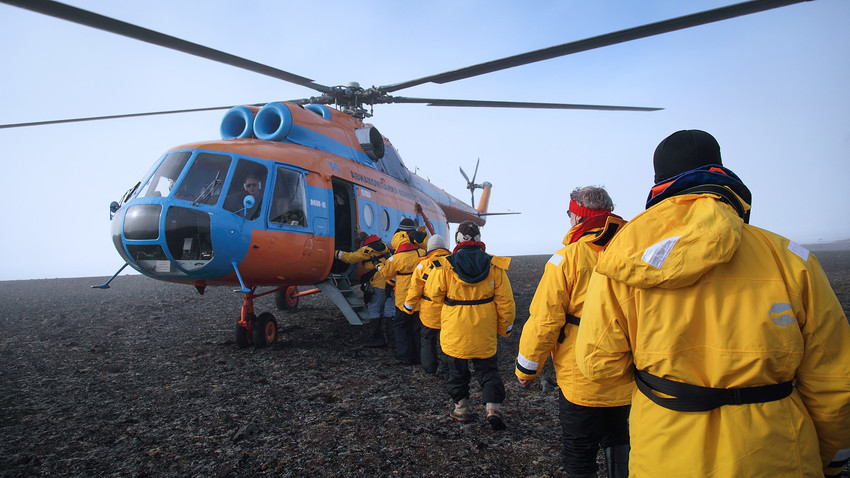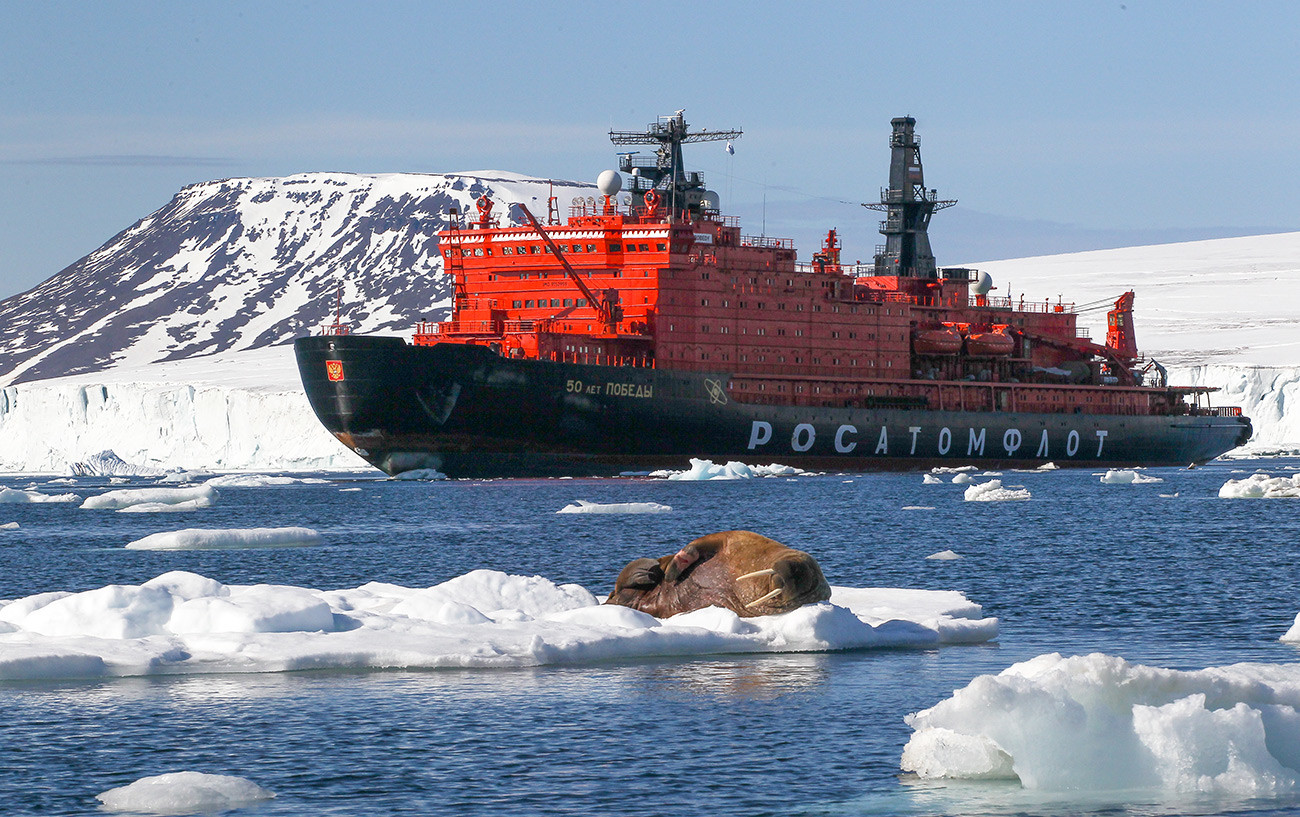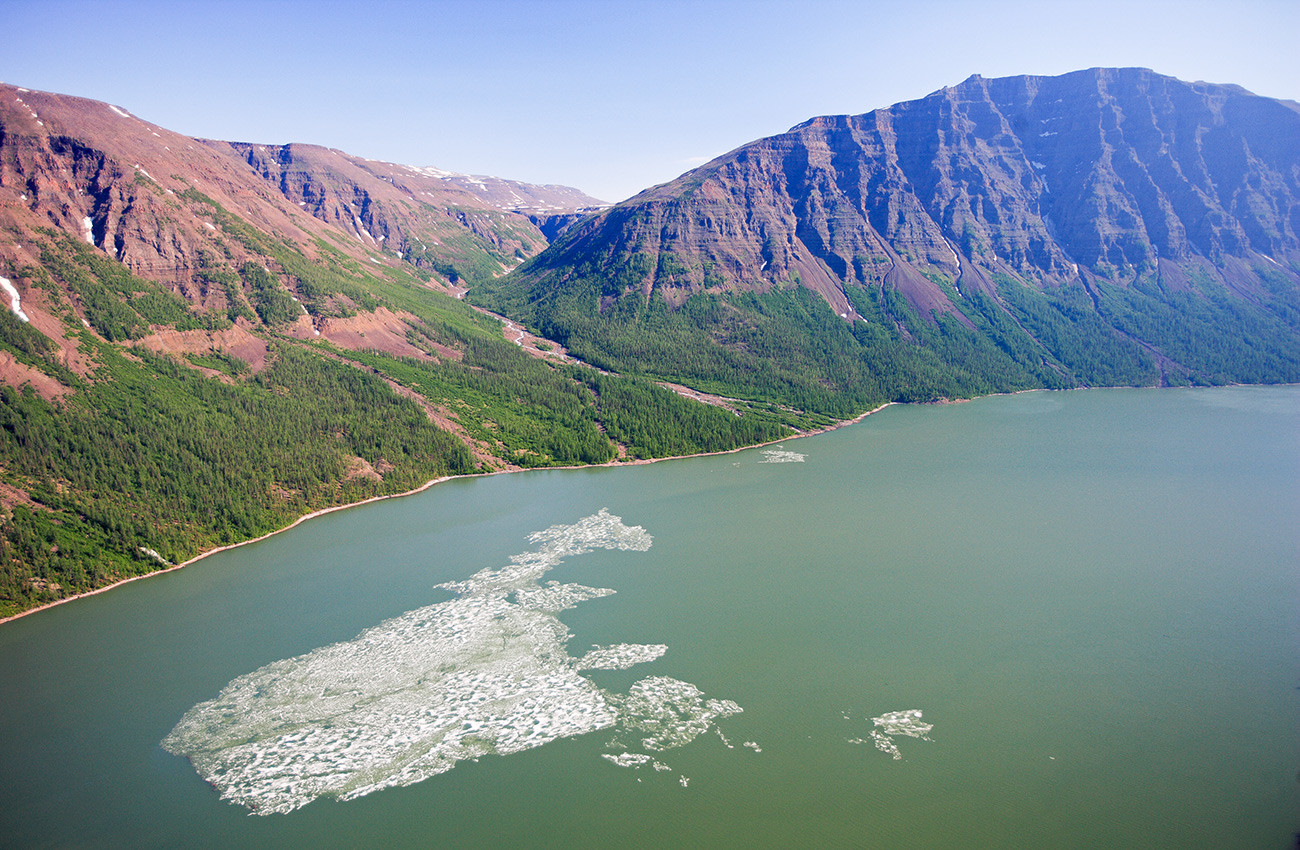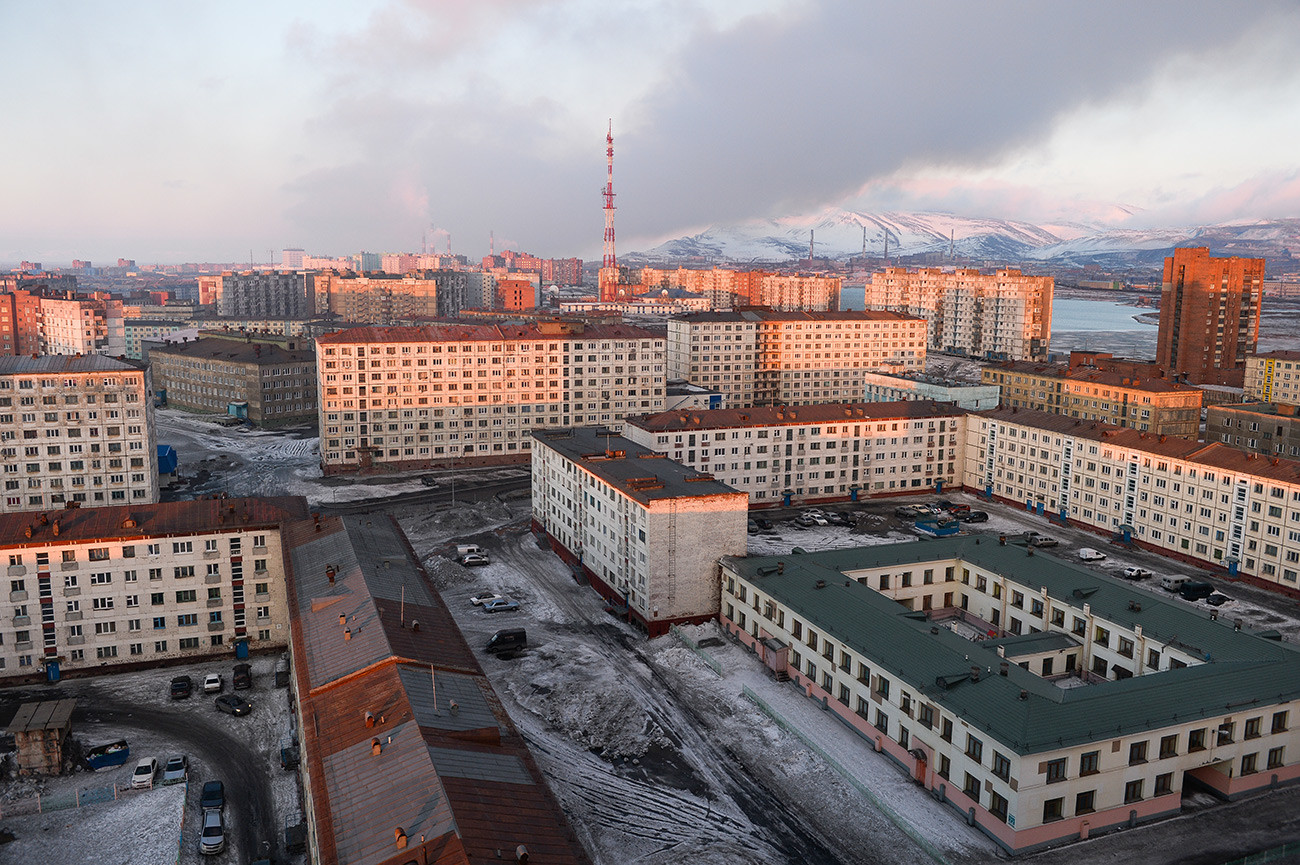
First things first, you won’t be able to reach either Chukotka or places like the Putorana Plateau just by showing up. The travel infrastructure is all there, and planes and ships regularly venture into the Arctic. They just won’t sell you the ticket

A walrus on an ice floe off the shore of an island of the Franz Josef Land archipelago.
Vera Kostamo/Sputnik- Taymyr Peninsula (including the city of Norilsk and the Putorana Plateau)
- The entire Chukotka region (the capital Anadyr, as well as the main sights such as Wrangel Island, the Whale Bone Alley, Franz Jozef Land, the Berengiya National Park
- Most of Kamchatka (including the iconic - and active - Klyuchevskaya Sopka volcano)
But that’s not all. Some 18 Russian regions contain such places. Here is a full list (in Russian), which includes areas ranging from Kaliningrad Region all the way to Russia’s

Residents of Klyuchy village in Kamchatka. Background: Klyuchevskaya Sopka.
Alexey Kudenko/SputnikAnd if you’re simply a traveler with no relations in Russia, it’s best to consult a travel agency for all the necessary papers. They’ll have package trips ready. But take note: only select agencies have the authority to issue permits for those areas

Putorana Plateau.
Serguei Fomine/Global Look Press“The last five-six years we’ve seen rising interest from tourists from Germany, Switzerland, Italy, Norway, Greece

Norilsk.
Alexandr Kryazhev/SputnikPlus, there are rarely return flights from northern cities. And you might have to wait a while. And we mean a while. Moreover, there’s still no guarantee of available seats. And finally, if you do somehow manage to make it, you’ll be facing a $30-150$ fine (2,000-10,000 rubles), depending on the location, as well as additional problems securing a Russian visa in the future.
If using any of Russia Beyond's content, partly or in full, always provide an active hyperlink to the original material.
Subscribe
to our newsletter!
Get the week's best stories straight to your inbox